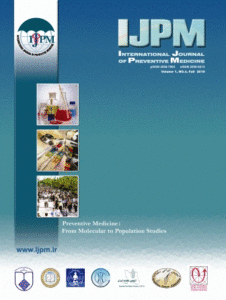Evaluation of peripheral arterial disease in prediabetes
Authors
Affiliations
Abstract
Background: The prevalence of prediabetes in the world continues to increase. These patients have elevated the risk of atherosclerosis. The current study was designed to assess the prevalence of peripheral arterial disease (PAD) and its related risk factors in prediabetes patients.
Methods: This was the case-control study in which 135 adults in three groups: Diabetes, prediabetes, and normal were studied. We evaluated the prevalence of PAD through the measurement of ankle-brachial index (ABI). All the patients were interviewed about demographic and medical data, including age, sex, disease duration, body mass index, hypertension (HTN), fasting blood glucose, hemoglobin A1C (HbA1C), lipid profile, and medication use.
Results: The prevalence of PAD in diabetes patients was higher than the normal group (8.5%vs. 0.0%) (P < 0.05), but the differences between prediabetes compared with diabetes and normal group were not significant. The mean level of ABI in normal, prediabetes, and diabetes group was (1.11 ± 0.11), (1.09 ± 0.12), and (1.05 ± 0.03) respectively (P < 0.1). There were marginally significant differences of ABI observed between the normal group and the diabetes group. The observed differences between groups in the ABI were significant after adjusting the effects of age and sex (P < 0.05). There was an association observed between ABI and HbA1C in diabetes patients (r = 0.249, P < 0.01) and a significant association seen between PAD and HTN in the prediabetes group (P < 0.01).
Conclusions: Peripheral arterial disease is common in asymptomatic diabetes and prediabetes patients. Management of hypertensive prediabetes patients and early detection of PAD in this group as well as in asymptomatic patients is important.
Keywords: Ankle-brachial index; diabetes; peripheral arterial disease; prediabetes.

